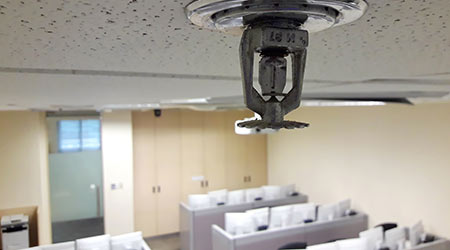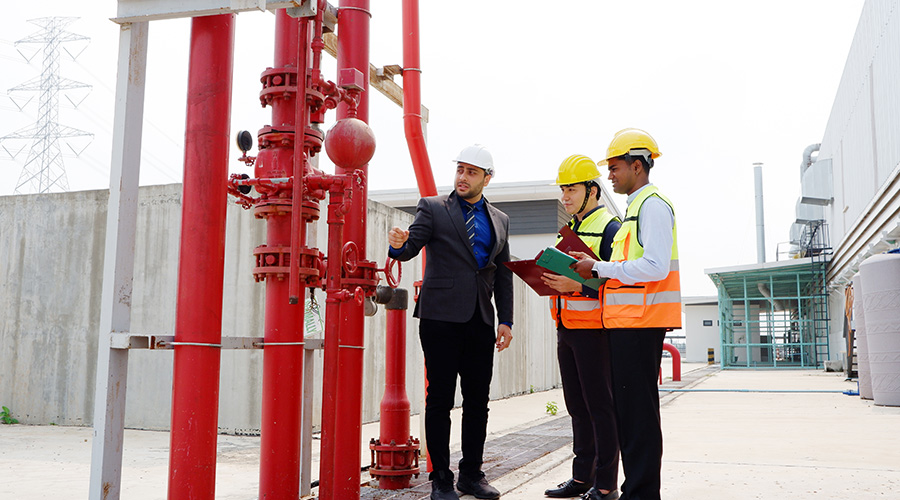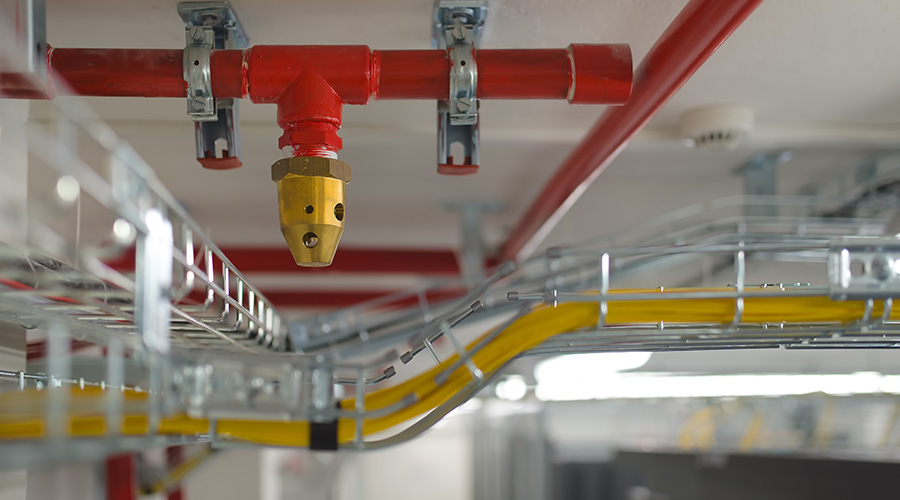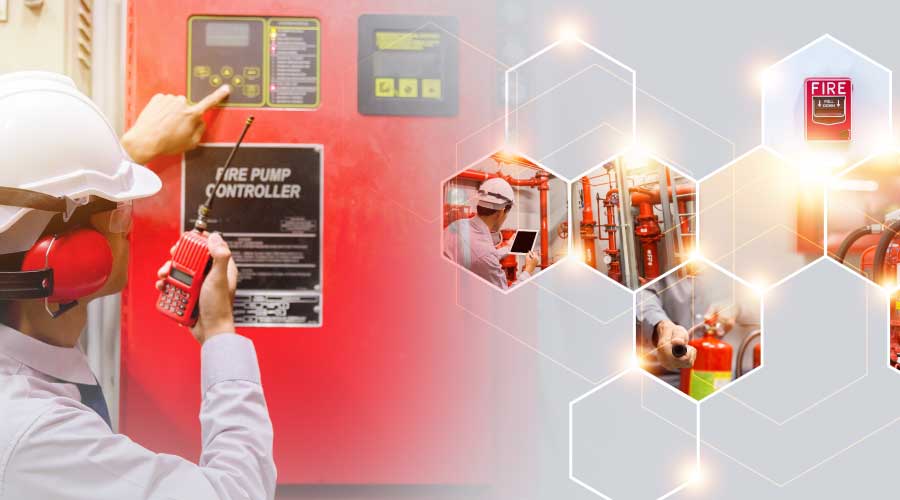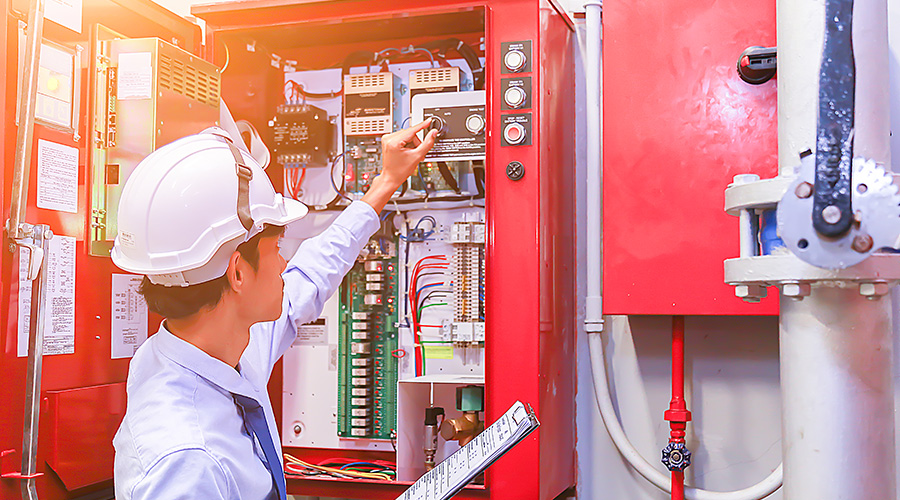Fire Protection: Inspection, Testing and Maintenance
Attention to frequency, staffing and scheduling can ensure successful management of fire and life safety systems
More than 100,000 fires occur in non-residential buildings every year, according to the National Fire Protection Association (NFPA), costing organizations billions of dollars in damages. For this reason, maintenance and engineering managers need to ensure that their facilities’ fire and life safety systems have been correctly installed and maintained to protect from property damage or, worse, a loss of life.
It can be challenging at times to coordinate the various facets associated with the inspection, testing, and maintenance (ITM) required to keep these systems up to code, such as keeping track of when testing is required, determining who should do the testing, reviewing the documentation for the tests, and keeping it all organized. But in the event of an emergency, it can mean the difference between a frustrating inconvenience and disaster.
Frequency focus
Testing of fire-protection systems can occur weekly or annually, or even as infrequently as every five years, depending on the system type. Managers need updated copies of all applicable reference standards, and they need to become familiar with general testing requirements, inspection frequencies, and the locations of relevant sections within these standards.
Testing frequency can change with the development of newer technology and testing procedures, and some managers might have overlooked or misapplied requirements for years. For these reasons, most standards are updated every three years.
Model building fire and life safety codes adopted by cities, counties, and states require the use of passive systems — fire-rated construction components — and active systems — fire sprinklers, fire alarms, and smoke controls — when buildings are being designed, constructed, or renovated. These codes also reference standards for the design and installation as well as inspection, testing, and maintenance.
For a list of fire protection and life safety systems for institutional and commercial facilities that require periodic inspection, testing and maintenance, see the accompanying sidebar.
If a department fails to complete ITM regularly, the result could be failures during an emergent event, such as a delay in notifying first responders, a delay in notifying building staff and occupants, inadequate protection by a fire sprinkler to control a fire, a lack of water flow or pressure for use by the fire department, and increased egress times.
ITM of fire protection and life safety systems is critical in institutional facilities, where building occupants often are incapable of self-preservation or are incarcerated and, as a result, require additional time to evacuate a facility. Similarly, high-rise facilities can have longer egress times because occupants trying to evacuate have to traverse many flights of stairs.
Related Topics:








